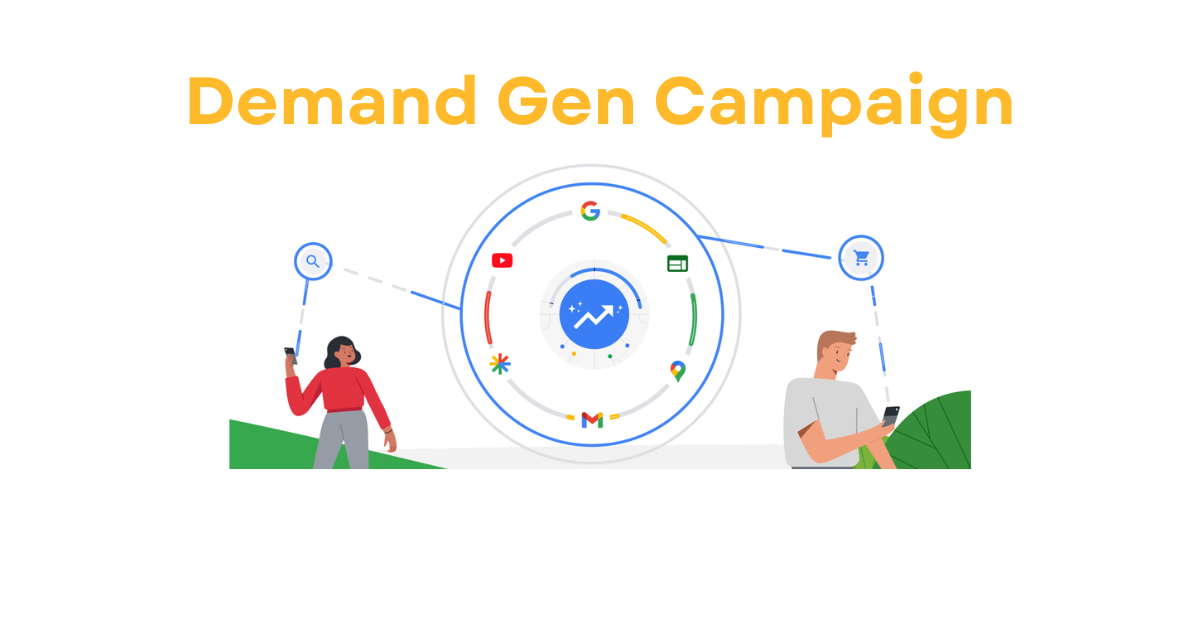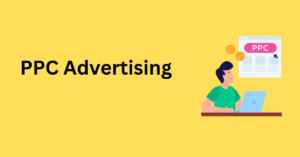In the digital marketing landscape, Google Ads is one of the most powerful platforms for driving awareness, engagement, and conversions. While many associate Google Ads with lead generation or direct sales, it’s also an excellent tool for demand generation campaigns—focused on creating awareness and nurturing interest in your brand, product, or service.
In this blog, we’ll dive into what a demand generation campaign in Google Ads is, how it works, and how you can leverage it to grow your business.
What is a Demand Generation Campaign in Google Ads?
A demand generation campaign in Google Ads is designed to create awareness and interest among your target audience, encouraging them to engage with your brand. Unlike performance-focused campaigns that aim for immediate conversions, demand generation campaigns prioritize long-term engagement by building relationships with potential customers at the top of the marketing funnel.
These campaigns leverage various ad formats and placements within the Google ecosystem to capture attention, educate, and spark curiosity.
How Does a Demand Generation Campaign Work?
1. Focus on Awareness and Engagement
Instead of driving immediate sales, demand generation campaigns aim to introduce your brand and create a positive perception among potential customers.
2. Content-Led Advertising
These campaigns often rely on engaging content, such as videos, blogs, or interactive tools, to provide value and capture attention.
3. Multi-Channel Reach
Google Ads enables demand generation campaigns across a variety of platforms and formats, such as:
– YouTube Ads for video content.
– Display Ads for visually appealing banners.
– Discovery Ads for reaching users on Google Discover, Gmail, and YouTube.
4. Audience Targeting
Targeting plays a crucial role in demand generation campaigns. Google Ads offers robust options, including:
– Custom Audiences (e.g., people who searched for specific keywords or visited competitors’ websites).
– Affinity Audiences (groups with shared interests).
– In-Market Audiences (people actively researching products or services).
Why Use Google Ads for Demand Generation Campaigns?
1. Massive Reach
Google Ads provides access to billions of users across its vast ecosystem, making it ideal for building awareness.
2. Advanced Targeting Capabilities
You can precisely define your audience based on demographics, interests, and behavior.
3. Diverse Ad Formats
Google Ads supports a variety of creative formats, allowing you to deliver engaging and memorable campaigns.
4. Measurable Impact
Google Ads’ analytics tools make it easy to track engagement and refine your strategy.
5. Cost Efficiency
You can set budgets that align with your goals, ensuring maximum ROI for your campaigns.
Key Steps to Create a Demand Generation Campaign in Google Ads
Step 1: Define Your Goals
– Are you aiming to raise brand awareness?
– Do you want to educate your audience or showcase your unique value proposition?
Step 2: Choose the Right Campaign Type
– Display Campaigns: Great for eye-catching visuals to capture attention.
– YouTube Campaigns: Perfect for storytelling and creating an emotional connection.
– Discovery Campaigns: Ideal for reaching users on Gmail, Discover, and YouTube feeds.
Step 3: Identify Your Audience
Leverage Google Ads’ targeting features to reach the right people:
– Custom Segments: Create tailored audiences based on search history or competitor interactions.
– Remarketing Audiences: Re-engage users who have previously interacted with your brand.
Step 4: Craft Compelling Creative
– Use engaging headlines and visuals to grab attention.
– For video ads, focus on storytelling to connect emotionally.
– Provide valuable content, such as tutorials, testimonials, or product insights.
Step 5: Set Your Budget and Bidding Strategy
– Use CPM (Cost Per Thousand Impressions) bidding for awareness goals.
– Opt for CPV (Cost Per View) for YouTube campaigns.
Step 6: Monitor and Optimize
– Track metrics like impressions, reach, engagement rates, and video views.
– Use A/B testing to refine your messaging and creative.
Best Practices for Demand Generation Campaigns in Google Ads
1. Focus on High-Quality Content
Content should educate, inspire, or entertain your audience to create a lasting impression.
2. Leverage Retargeting
Use remarketing campaigns to re-engage users who have interacted with your ads but haven’t converted yet.
3. Experiment with Formats
Test multiple ad formats (video, display, carousel) to see what resonates best with your audience.
4. Use Data-Driven Insights
Analyze campaign performance and adjust targeting, creative, and placements accordingly.
5. Align with Other Marketing Efforts
Ensure your demand generation campaign complements your overall marketing strategy for maximum impact.
Examples of Demand Generation Campaigns on Google Ads
1. Educational Videos on YouTube
A software company might run YouTube ads showcasing how their product solves specific pain points.
2. Display Ads with Eye-Catching Designs
A fashion brand could use Google Display Ads to highlight a new collection, targeting fashion enthusiasts.
3. Discovery Ads for Inspirational Content
A travel company could create Discovery Ads promoting blog posts on “Top Destinations for 2024.”
Measuring Success in Demand Generation Campaigns
Demand generation campaigns focus on long-term engagement rather than immediate conversions. Track these key performance indicators (KPIs):
– Impressions and Reach: Measure how many people saw your ads.
– Engagement Rates: Assess interactions like clicks, video views, and time spent on landing pages.
– Brand Lift Metrics: Use surveys or tools like Google Brand Lift to gauge brand awareness.
Challenges in Running Demand Generation Campaigns
1. Balancing Cost and Reach
Achieving a broad reach while staying within budget can be tricky.
2. Creating Engaging Content
Developing content that resonates with your audience requires creativity and insights.
3. Measuring ROI
Since demand generation focuses on awareness, tying it directly to revenue can be challenging.
Conclusion
A demand generation campaign in Google Ads is a powerful way to introduce your brand, engage potential customers, and build a foundation for long-term growth. By focusing on awareness and interest rather than immediate conversions, these campaigns allow you to nurture prospects and guide them through the buyer’s journey.
Whether you’re just starting out or looking to refine your strategy, Google Ads provides the tools, reach, and insights you need to run effective demand generation campaigns.




